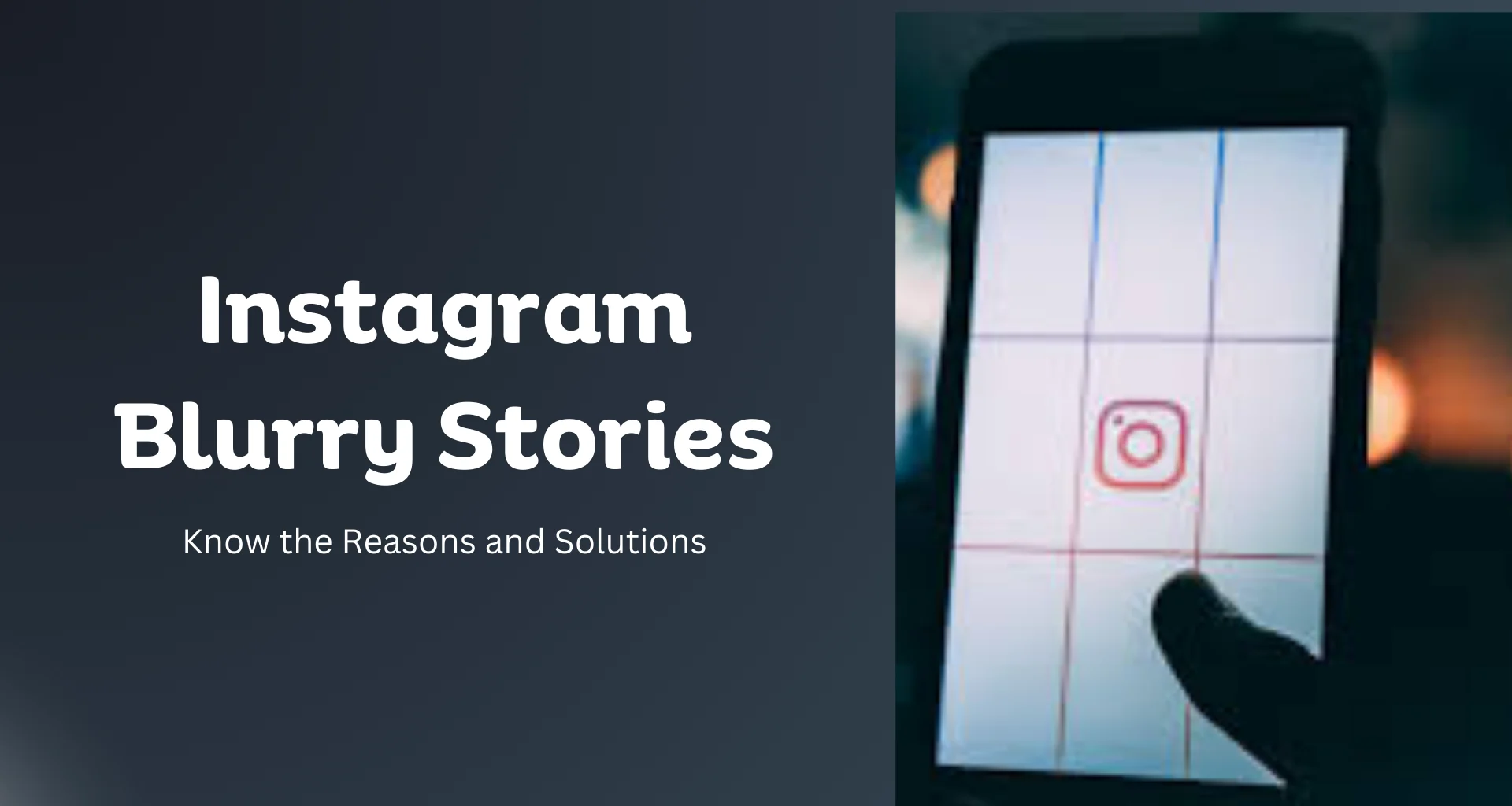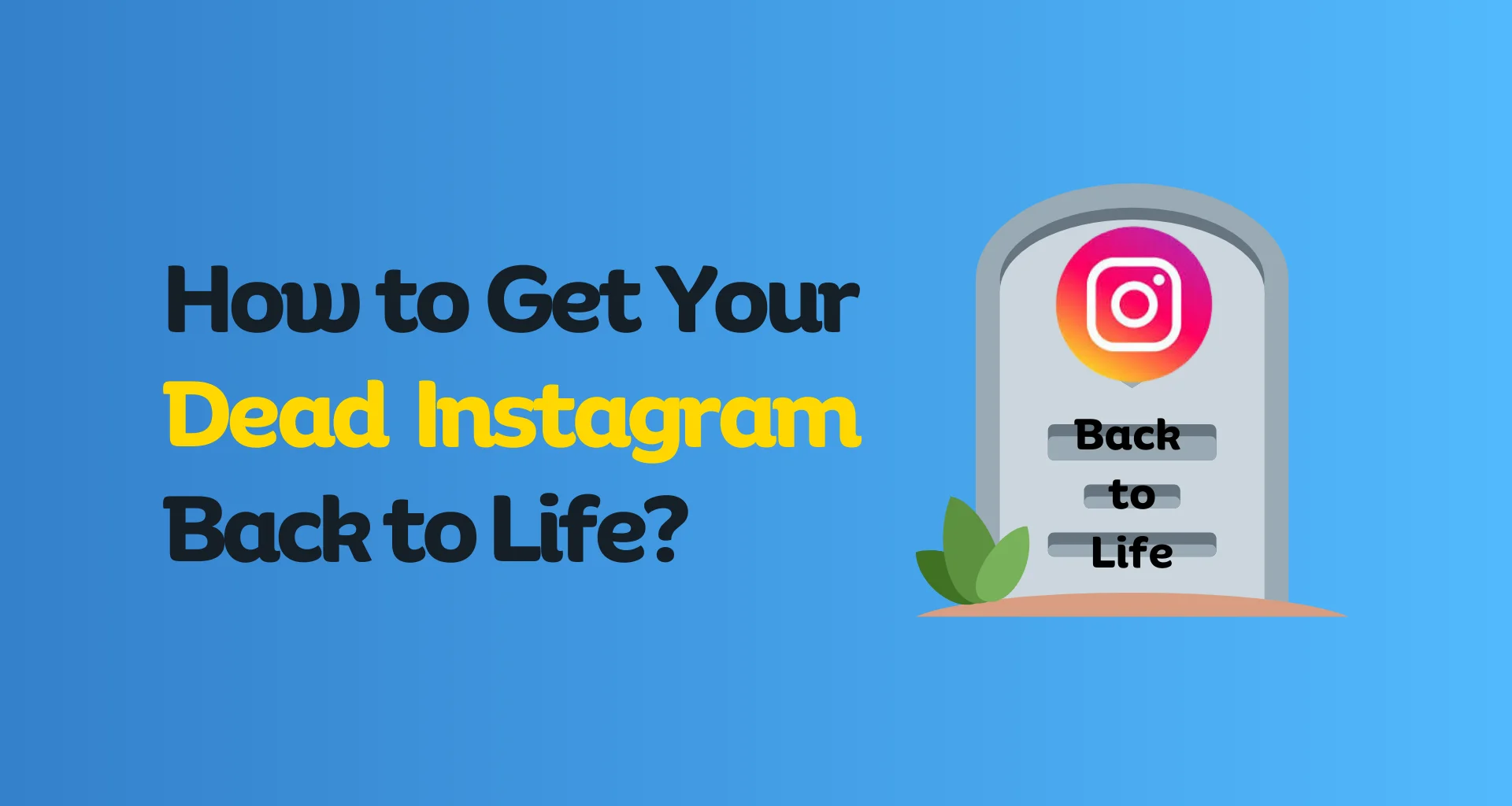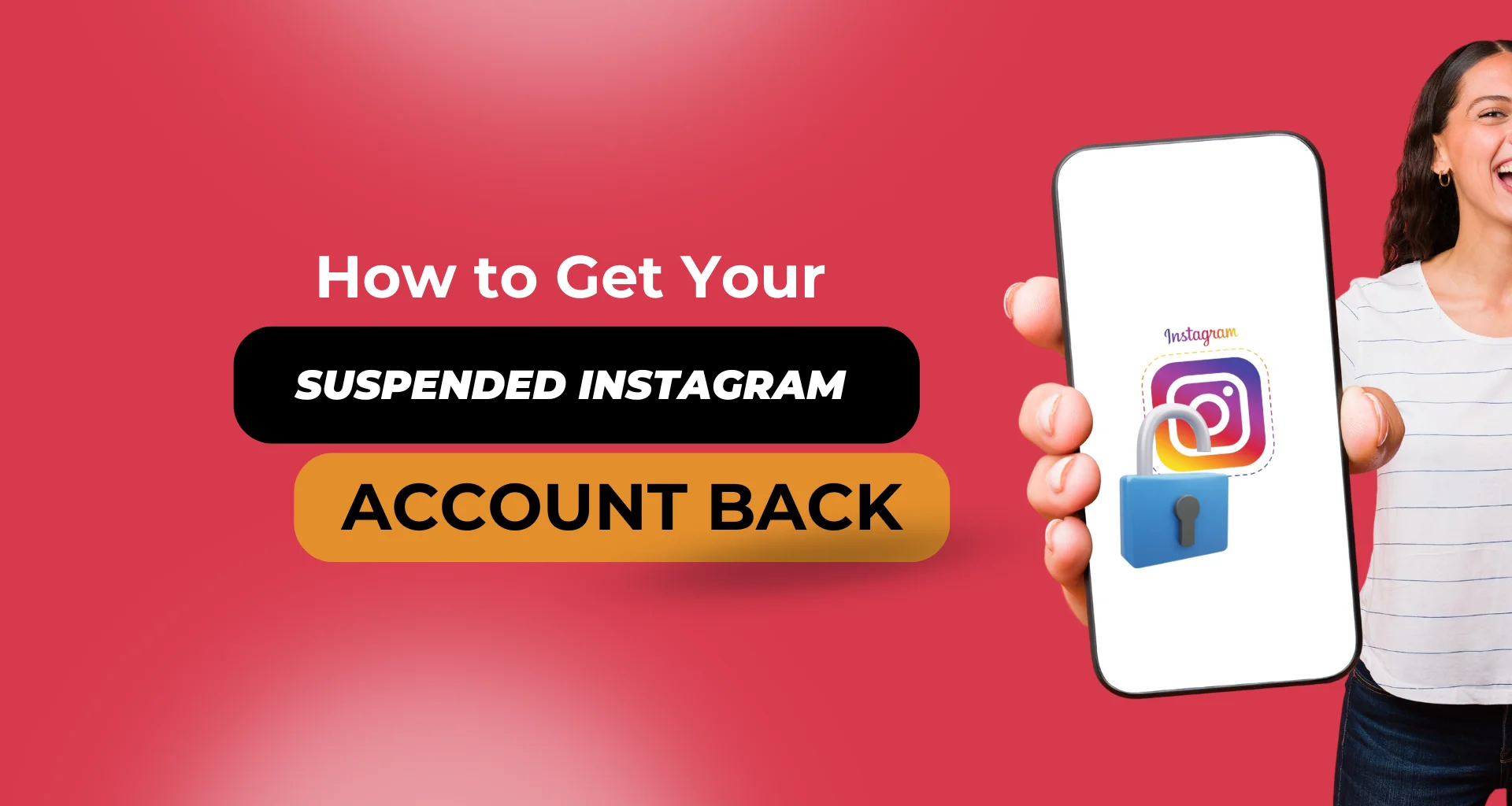There are times when secrecy is the best marketing strategy. You can gain valuable insights from your top customers by engaging with them through Facebook Groups.
It’s just a matter of math. The organic reach on Facebook is declining on one hand. On the other hand, there are 1.8 billion people who use Facebook Groups every month, according to Facebook. Businesses can connect with audiences where they are likely to see and interact with branded content through these opt-in communities instead of the merciless Facebook news feed algorithm.
Find out everything you need to know about Facebook Groups for your business. Read on to learn how to start one and grow it into a profitable and thriving community.
In the vast and ever-expanding world of social media, Facebook remains one of the most visible platforms for businesses to reach and engage their target audience. While Facebook Pages are a common tool for businesses to create an online presence, Facebook Groups have emerged as an effective and dynamic method for community engagement, relationship building, and business growth. In this blog, we will explore the art of managing Facebook groups for business growth and explore how to create, manage and leverage these communities for success. Understanding the power of Facebook groups:
Facebook groups are virtual communities where like-minded people come together to share interests, ideas, and information. They allow people with common goals, hobbies, or connections to come together, discuss topics, post updates, and interact with each other. For businesses, Facebook groups offer a unique opportunity to create a sense of belonging among the target audience and create a strong brand community.
1. Identifying the purpose of the group
Before creating a Facebook group, it is important to clearly understand its purpose and goals. Think about your target audience and the value you intend to offer them. Do you want to provide a support platform for your products or services? Or is the goal to build a community around common interests related to your industry? Understanding the purpose will shape the content, tone, and direction of your group.

2. Create an interest in the group description:
A successful Facebook group starts with an inviting and engaging environment. Choose an attractive cover image and an attention-grabbing group name that clearly expresses the purpose of the community. Create a short and welcoming group description that tells potential members what they can expect from joining the group and how it will benefit them.
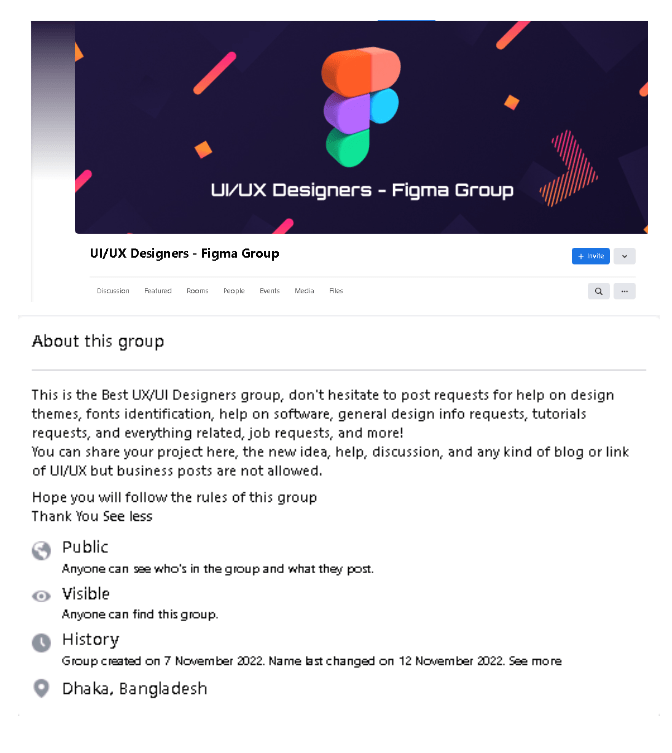
3. Create clear instructions:
To maintain a positive and productive atmosphere in the group, it is important to create clear guidelines and follow them. These guidelines should cover acceptable behavior, rules for self-promotion, frequency of posting, and other related aspects. Emphasize the importance of respect and inclusion among members.
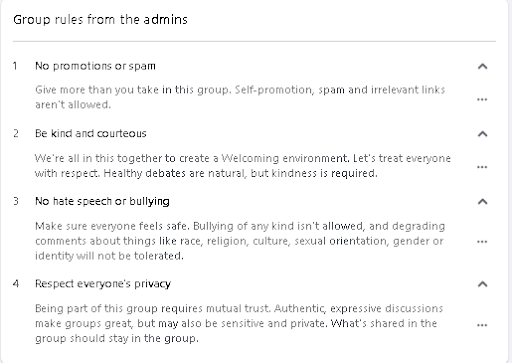
4. Consistency in content creation:
Consistency is the key to member engagement. Develop a content strategy that provides value to your audience. Share informative posts, industry knowledge, tips, and relevant news. Encourage discussion, ask questions, and respond quickly to comments. Consider using multimedia elements such as images and videos to enhance the overall experience.

5. Promoting engagement and community building:
At the heart of any successful Facebook group is inclusion and a sense of community. Actively participate in discussions, be helpful, and encourage members to do the same. Recognize and celebrate the contributions of active members. Host regular events like live Q&A sessions, webinars, or contests to generate interest and connect.

6. Use of User-Generated Content:
User-generated content (UGC) is a powerful tool for creating authentic connections with your audience. Encourage members to share their experiences, success stories, and feedback about your products or services. UGC not only adds credibility to your brand but also promotes a sense of ownership among members.


7. Promotion of group growth:
Expand the reach and influence of your Facebook group by actively promoting it on various channels. Use your existing social media platforms, email newsletters, website, and other marketing channels to encourage people to sign up. Work with influencers or partners to promote the group and attract new members.

8. Group monetization (if needed):
While the primary purpose of your Facebook group may be to build community, it can also be indirectly monetized. For example, you can offer exclusive products, services, or discounts to group members. However, it is important to strike a balance between community focus and business goals to keep the group a valuable and engaging space for its members.
9. Analysis of group statistics:
Facebook provides valuable information about your group’s activities. Pay attention to metrics like membership growth, engagement rate, popular posts, and uptime. Analyzing these data points will help you refine your content strategy, understand member preferences, and continue to improve group dynamics.

10. Processing challenges:
Managing a Facebook group comes with its challenges. Address any issues promptly and openly. Be open to suggestions and make necessary changes to meet the needs of your community. When conflicts arise, mediate carefully and apply the group’s instructions impartially.

Conclusion:
Managing Facebook groups for business growth requires commitment, understanding, and a true commitment to fostering a vibrant community. By creating a targeted and engaged audience, leveraging user-generated content, and fostering organic growth, businesses can build a loyal and engaged community that not only supports their brand but also drives growth through meaningful connections and valuable interactions. Remember, a successful Facebook group isn’t just about marketing; it’s about building relationships and providing value to the people who matter most – your community. So go ahead, take a step forward, and embark on the exciting journey of managing Facebook groups for the exponential growth of your business.



